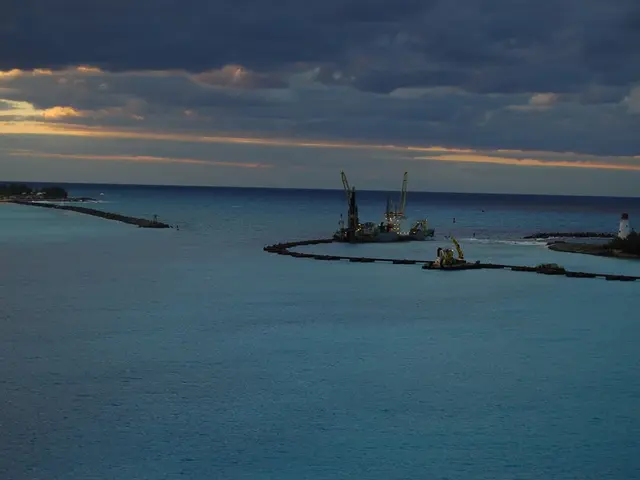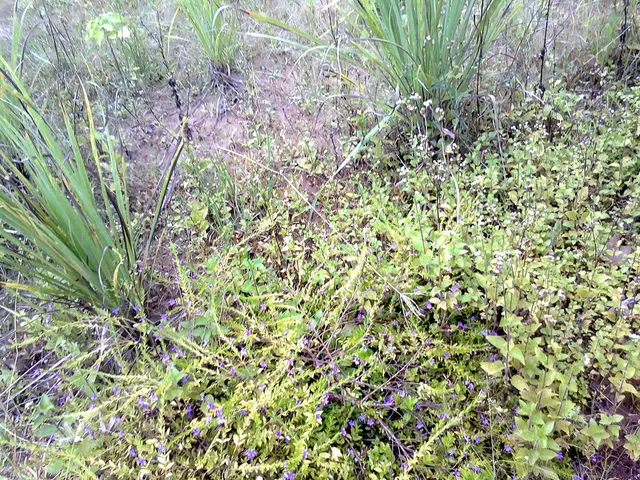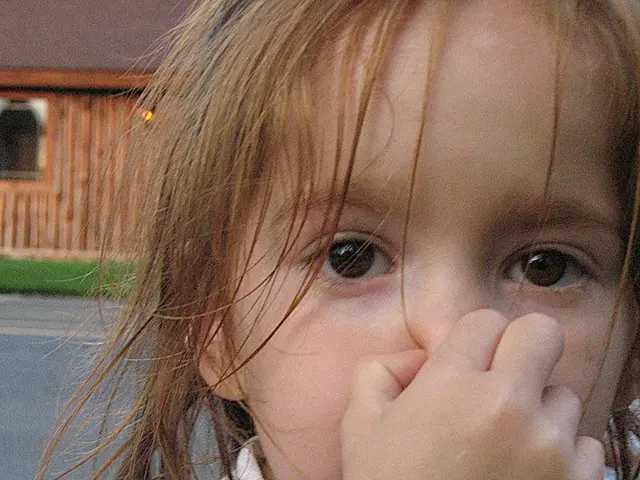"NASA's Sensation fund holds the promise for a groundbreaking transformation in life sciences"
Newly Discovered Bacteria Thrive in NASA's Clean Room
Scientists from around the world have made a startling find: 26 formerly unknown bacterial species have been uncovered in a NASA clean room. These microorganisms have been discovered to thrive in conditions where they should not, with significant implications for space exploration and Earth-based applications.
The study, published in the journal Microbiome, provides new insights into the resilience of microorganisms under extreme conditions. The bacteria were found in the clean room where the Mars lander "Phoenix" was prepared for launch in 2007. Samples were collected before, during, and after the spacecraft's presence, revealing 21 species were already present before "Phoenix," three emerged during its presence, and two were found after it was removed.
Extremophiles Persevere in Hostile Conditions
Clean rooms are designed to be nearly sterile, with tightly controlled air flows, precisely regulated temperature, and humidity to prevent microorganism survival. NASA aims to prevent Earthly microbes from contaminating other planets during space missions. However, researchers have now found a class of particularly adaptable bacteria, known as extremophiles, capable of enduring even in this harsh environment.
What's particularly noteworthy is the genetic makeup of these newly discovered microorganisms. Many possess genes that make them resistant to decontamination and radiation, allowing for DNA repair, detoxification of harmful substances, and optimized metabolism—all essential for survival in both the clean room and potentially in space.
Earth-Based Potential and Space Exploration Concerns
"Our research aimed to understand the risk of transmitting extremophiles during space missions and identify which microorganisms could survive the harsh conditions of space," explains co-author Alexandre Rosado from the King Abdullah University of Science and Technology. The discovery raises important concerns about planetary protection and the monitoring of microbial contamination to prevent unwanted planetary colonization.
The findings also hold implications for understanding which microorganisms astronauts might encounter on future missions. Co-author Dr. Kasthuri Venkateswaran from NASA's Jet Propulsion Laboratory expresses excitement about the potential, "Together, we are unraveling the mysteries of microbes that can withstand the extreme conditions of space—organisms with the potential to revolutionize biotechnology and interplanetary research."
Genetic Advances from Extremophiles
The hardy traits of these extremophiles could potentially be utilized for developing more resistant medications, longer-lasting food, new industrial processes, or even inspire progress in medicine and food preservation. In light of the discovery in NASA's clean room and a recent detection on the Chinese space station Tiangong, the possibilities for harnessing the genetic strengths of these microbes to benefit both science and industry are quite exciting.
The discovery of these 26 new bacterial species in NASA's clean room not only highlights the challenge of protecting other planets from Earthly contamination but also opens promising avenues for biotechnological applications inspired by space-hardy microbes. Their survival in such sterilized environments stresses the importance of stringent planetary protection protocols and offers opportunities for the development of new technologies and medical treatments in the future.
- The newfound bacteria species, discovered in NASA's clean room, are remarkable for their ability to thrive in conditions that are usually inhospitable to microorganisms, suggesting potential consequences for space exploration and health-and-wellness applications on Earth.
- These bacteria, labeled as extremophiles due to their resilience, possess genes that allow them to withstand decontamination, radiation, and myriad other harsh conditions - traits that, when harnessed, could lead to scientific breakthroughs in the field of science, space-and-astronomy, health-and-wellness, and even medicine.








